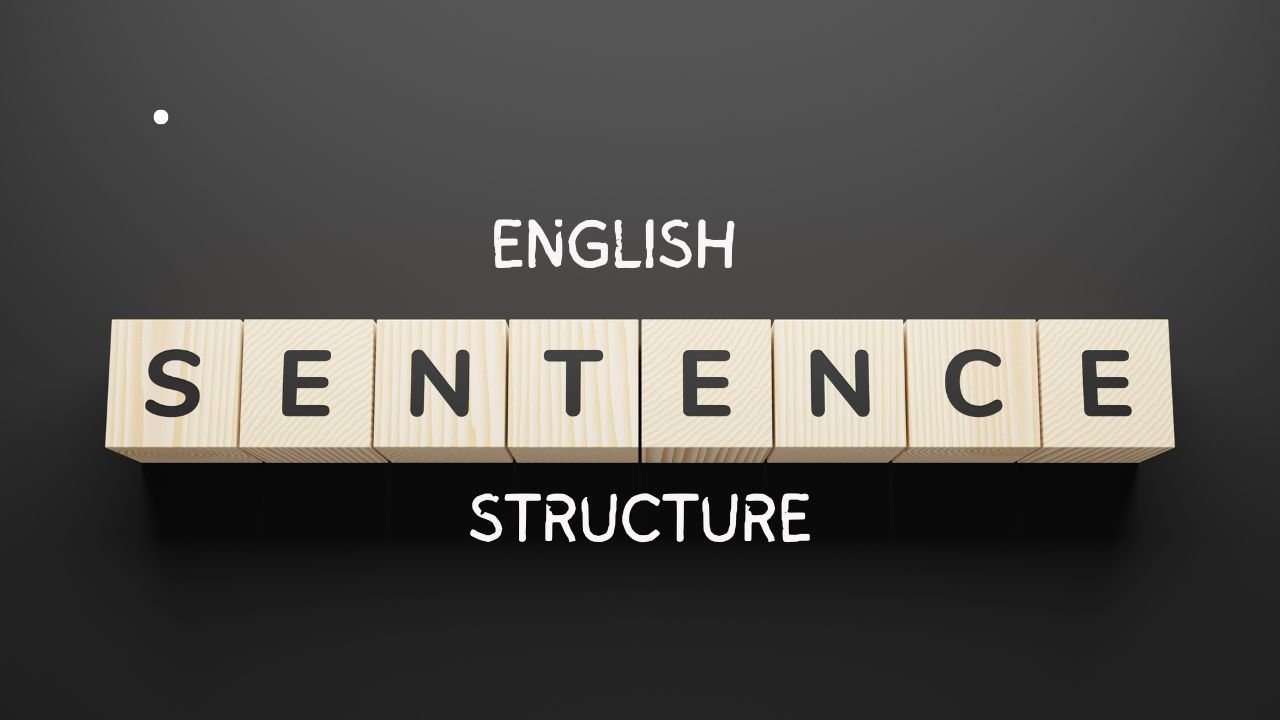Understanding Sentence Structures: Simple, Compound, Complex, and Compound-Complex Sentences
Have you ever noticed how some sentences are short and to the point, while others are longer and more detailed? The way we structure sentences helps us express our ideas clearly. In English, there are four types of sentence structures: simple, compound, complex, and compound-complex.
By understanding these structures, you’ll improve both your writing and speaking skills. Let’s explore each type step by step!
1. Simple Sentences: The Building Blocks
A simple sentence is the most basic type. It contains only one independent clause, which means it expresses a complete thought. It has a subject and a verb, and it may also include an object or other details.
✅ Formula: Subject + Verb (+ Object)
🔹 Examples:
✅ She sings. (Subject: She, Verb: sings)
✅ Tom plays basketball every evening. (Subject: Tom, Verb: plays, Object: basketball, Time: every evening)
✅ The sun shines brightly in the morning. (Subject: The sun, Verb: shines, Adverb of Manner: brightly, Time: in the morning)
Even though some simple sentences are short, they can still be powerful. A short, clear sentence like “She is kind.” can say a lot in just three words!
2. Compound Sentences: Connecting Ideas
A compound sentence is formed when two independent clauses are joined together. This is often done using coordinating conjunctions (FANBOYS: For, And, Nor, But, Or, Yet, So) or a semicolon (;).
🔹 Examples:
✅ I was tired, but I finished my homework. (Two independent clauses: “I was tired” + “I finished my homework”)
✅ She loves to read, so she visits the library often.
✅ The sky was dark; we knew a storm was coming.
By using compound sentences, we can connect related thoughts and make our writing more engaging.
3. Complex Sentences: Adding Depth
A complex sentence contains one independent clause and at least one dependent clause. A dependent clause cannot stand alone as a complete sentence; it relies on the independent clause. These clauses are connected using subordinating conjunctions (because, although, when, since, if, etc.).
🔹 Examples:
✅ Although it was raining, we went for a walk. (Dependent clause: “Although it was raining” + Independent clause: “we went for a walk”)
✅ I stayed home because I was feeling sick.
✅ She smiled when she saw her friend.
Complex sentences allow us to explain reasons, add conditions, or give extra details about an action.
4. Compound-Complex Sentences: Mastering Complexity
A compound-complex sentence combines both compound and complex structures. It has at least two independent clauses and one or more dependent clauses.
🔹 Examples:
✅ Although she was tired, she studied hard, and she passed the test. (Dependent clause: “Although she was tired” + Compound part: “she studied hard, and she passed the test”)
✅ I went to the park because the weather was nice, and I met my friends there.
✅ The teacher was happy because the students did well on the test, but she reminded them to keep working hard.
These sentences are great for expressing complex thoughts in a single sentence.
Summary Table
| Sentence Type | Structure | Example |
|---|---|---|
| Simple Sentence | 1 independent clause | She loves to read. |
| Compound Sentence | 2 independent clauses joined by FANBOYS or (;) | She was tired, but she kept working. |
| Complex Sentence | 1 independent + 1 or more dependent clauses | Because it was raining, we stayed inside. |
| Compound-Complex Sentence | 2 independent + 1 or more dependent clauses | Although it was late, he continued studying, and he passed the test. |
Conclusion
Now that you understand the four sentence structures, you can use them to improve your writing! Simple sentences keep things clear, compound sentences connect ideas, complex sentences add depth, and compound-complex sentences let us express detailed thoughts.
The more you practice, the better you’ll become at writing and identifying different sentence structures. Try the exercises below!
Practice Exercises
A. Identify the Sentence Type
Read the sentences below and identify whether they are simple, compound, complex, or compound-complex.
- She walked to the store.
- The movie was exciting, but the ending was disappointing.
- Because I studied hard, I passed the test.
- Although I was tired, I finished my homework, and I went to bed early.
- The teacher smiled when the students answered correctly.
- We planned a picnic, but it rained, so we stayed inside.
B. Create Your Own Sentences
Write one sentence for each type:
- A simple sentence
- A compound sentence
- A complex sentence
- A compound-complex sentence
C. Combine Sentences
Rewrite the following sentence pairs into the correct sentence structure:
- (Simple → Compound)
- I like coffee.
- I also enjoy tea.
- (Compound → Complex)
- She was late, so she missed the bus.
- She was late because she woke up late.
- (Complex → Compound-Complex)
- Although it was raining, we went outside.
- We played soccer.


17 responses to “Understanding Sentence Structures”
Great line up. We will be linking to this great article on our site. Keep up the good writing.
Hi there! This is my first visit to your blog! We are a group of volunteers and starting a new project in a community in the same niche. Your blog provided us beneficial information to work on. You have done a marvellous job!
Nice post. I learn something more challenging on different blogs everyday. It will always be stimulating to read content from other writers and practice a little something from their store. I’d prefer to use some with the content on my blog whether you don’t mind. Natually I’ll give you a link on your web blog. Thanks for sharing.
Thanks for any other magnificent post. The place else may just anyone get that type of information in such a perfect manner of writing? I’ve a presentation next week, and I am on the search for such information.
whoah this blog is fantastic i love reading your posts. Keep up the great work! You know, many people are hunting around for this info, you could aid them greatly.
I always was concerned in this subject and stock still am, thanks for posting.
I’d must test with you here. Which is not something I often do! I enjoy studying a publish that will make individuals think. Also, thanks for permitting me to comment!
Woah! I’m really digging the template/theme of this site. It’s simple, yet effective. A lot of times it’s hard to get that “perfect balance” between user friendliness and visual appeal. I must say that you’ve done a fantastic job with this. Also, the blog loads extremely quick for me on Firefox. Excellent Blog!
Great post. I was checking constantly this blog and I’m impressed! Extremely helpful info specially the last part 🙂 I care for such info a lot. I was seeking this particular info for a very long time. Thank you and good luck.
Hello.This post was extremely motivating, especially since I was investigating for thoughts on this topic last couple of days.
Consistent reliability delivered, trust them completely in our space. Reliability champions found. Professional integrity.
You have brought up a very wonderful details , thankyou for the post.
Most of what you claim happens to be supprisingly precise and it makes me ponder why I had not looked at this with this light previously. This particular piece really did turn the light on for me personally as far as this specific issue goes. Nevertheless there is just one position I am not too comfortable with and whilst I attempt to reconcile that with the actual main theme of your issue, allow me see just what all the rest of your subscribers have to point out.Nicely done.
Yay google is my king aided me to find this outstanding site! .
Hey, you used to write excellent, but the last several posts have been kinda boring… I miss your super writings. Past few posts are just a little bit out of track! come on!
Dry Cleaning in New York city by Sparkly Maid NYC
I enjoy your piece of work, thanks for all the interesting content.